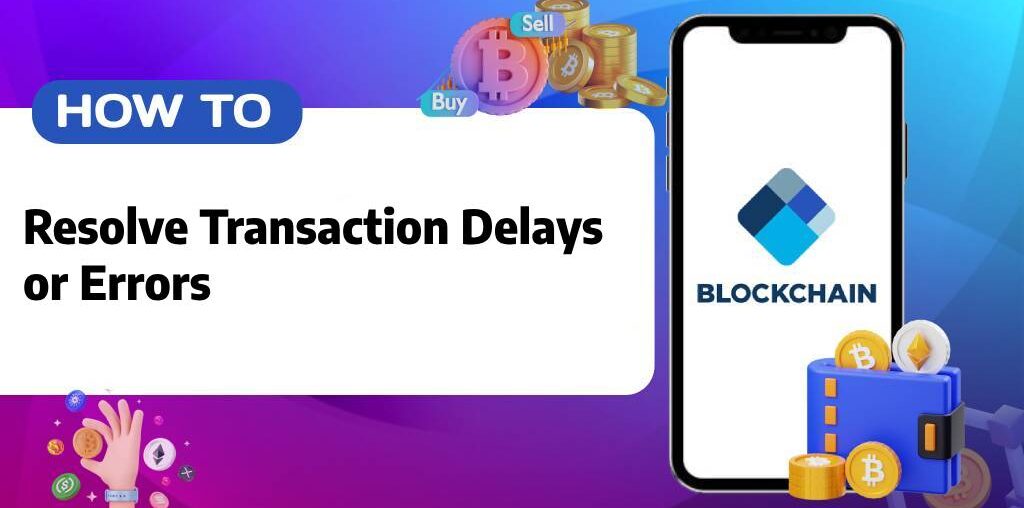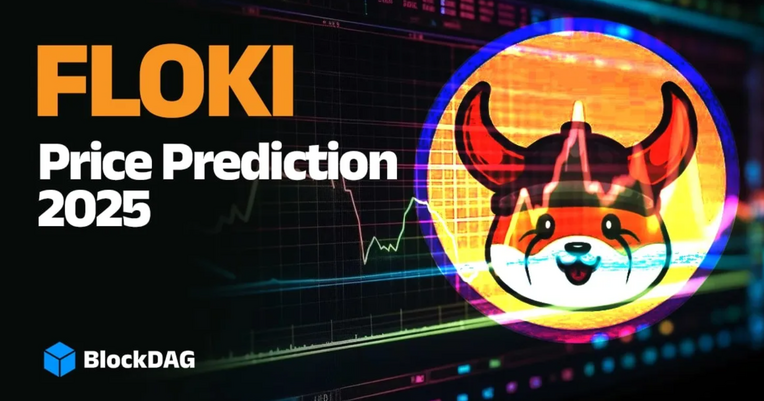Blockchain technology has revolutionized the way we make transactions, offering transparency, security, and decentralization. However, users may occasionally face delays or errors during transactions, leading to concerns and frustration. If you’re experiencing such issues, don’t worry—understanding the causes of transaction delays or errors on Blockchain and knowing how to resolve them can help you get back on track quickly.
Common Causes of Blockchain Transaction Delays or Errors
Transaction delays or errors can occur for a variety of reasons, most of which are related to network congestion, low transaction fees, or issues with your wallet. Here are some of the most common causes:
- Network Congestion Blockchain networks, especially popular ones like Bitcoin and Ethereum, can become congested during periods of high demand. This happens when many transactions are being processed simultaneously, leading to delays in confirming transactions.
- Low Transaction Fees Every transaction on the Blockchain requires a fee to incentivize miners or validators to include it in the next block. If you set a low transaction fee, your transaction might take longer to be processed or, in some cases, might not be processed at all.
- Unconfirmed Transactions In some cases, your transaction might remain unconfirmed for an extended period. This can happen if the network is processing many transactions or if there are issues with your wallet or the Blockchain platform.
- Blockchain Forks Forks in the Blockchain network can also lead to transaction delays. A fork happens when a blockchain diverges into two different paths, causing confusion in transaction validation. This typically happens in the event of network upgrades or software changes.
- Wallet or Platform Errors If there’s an issue with the wallet you’re using or the Blockchain platform, it could result in a transaction error. This could range from incorrect wallet addresses to system bugs or platform-specific issues.
How to Resolve Blockchain Transaction Delays or Errors
If you’re facing transaction delays or errors on Blockchain, here are some steps you can take to resolve the issue:
1. Check the Transaction Status
The first step in resolving a transaction delay is to check the status of your transaction. You can use Blockchain explorers to track your transaction’s progress by entering the transaction ID (TXID). This will help you determine if the transaction is pending, confirmed, or stuck.
2. Increase Transaction Fees
If the reason for the delay is a low transaction fee, you can consider increasing the fee. Some wallets allow you to “replace” the original transaction with a higher fee to speed up the confirmation process. This is known as a “replace-by-fee” (RBF) transaction.
3. Wait for Network Congestion to Ease
If the delay is due to network congestion, the best course of action is often to wait. As the network becomes less congested, your transaction will eventually be processed. In the meantime, you can monitor the network status on platforms that provide real-time updates on Blockchain congestion.
4. Contact Blockchain Support
If you’ve checked your transaction and the delay persists, you should contact customer support for assistance. Blockchain support can help troubleshoot the issue, identify potential causes, and guide you through resolving the problem. Be sure to provide all necessary details, such as the transaction ID, wallet address, and any relevant information.
5. Double-Check Your Wallet Settings
In some cases, the error may be due to an issue with your wallet’s settings. Ensure that your wallet is up-to-date and properly configured. If the error persists, consider trying a different wallet to send or receive the transaction.
6. Verify the Blockchain Network
Sometimes, issues arise due to forks or upgrades on the Blockchain network. If a fork is causing the problem, Blockchain support can help you understand the situation and offer guidance on how to proceed.
FAQs About Blockchain Transaction Delays or Errors
1. Why is my Blockchain transaction taking so long?
Transaction delays typically occur due to network congestion, low transaction fees, or unconfirmed transactions. Check the status using a Blockchain explorer or contact customer support if the issue persists.
2. How can I speed up my Blockchain transaction?
You can speed up a Blockchain transaction by increasing the transaction fee, ensuring that you set an adequate fee to incentivize miners. If the transaction is “replace-by-fee” enabled, you can re-broadcast it with a higher fee.
3. What should I do if my Blockchain transaction fails?
If your Blockchain transaction fails, check for any issues with your wallet or platform, verify that the transaction was properly broadcasted, and contact customer support for assistance.
4. Can Blockchain transaction delays be caused by forks?
Yes, Blockchain forks can sometimes cause transaction delays. Forks occur when a Blockchain splits into two paths, leading to temporary confusion in transaction validation. Blockchain support can provide guidance in such cases.
5. How do I know if my Blockchain transaction is confirmed?
You can use Blockchain explorers to check the status of your transaction. Once the transaction is confirmed, it will be included in a block and show up as fully processed.
Also Read:-
- How Do I Receive USDT from Blockchain?
- Why can’t Withdraw Fund from Blockchain Wallet
- How to Withdraw Funds from Strike App
- How to Deposit USD via ACH?
Conclusion
While Blockchain technology provides many benefits, transaction delays and errors can sometimes be a frustrating part of the experience. Understanding the potential causes of these issues—such as network congestion, low transaction fees, or wallet errors—can help you take proactive steps to resolve them. Whether it’s increasing the transaction fee, waiting for network congestion to ease, or contacting Blockchain support, there are solutions available to get your transactions back on track. By following these best practices, you can navigate any issues related to Blockchain transactions with ease and confidence.


